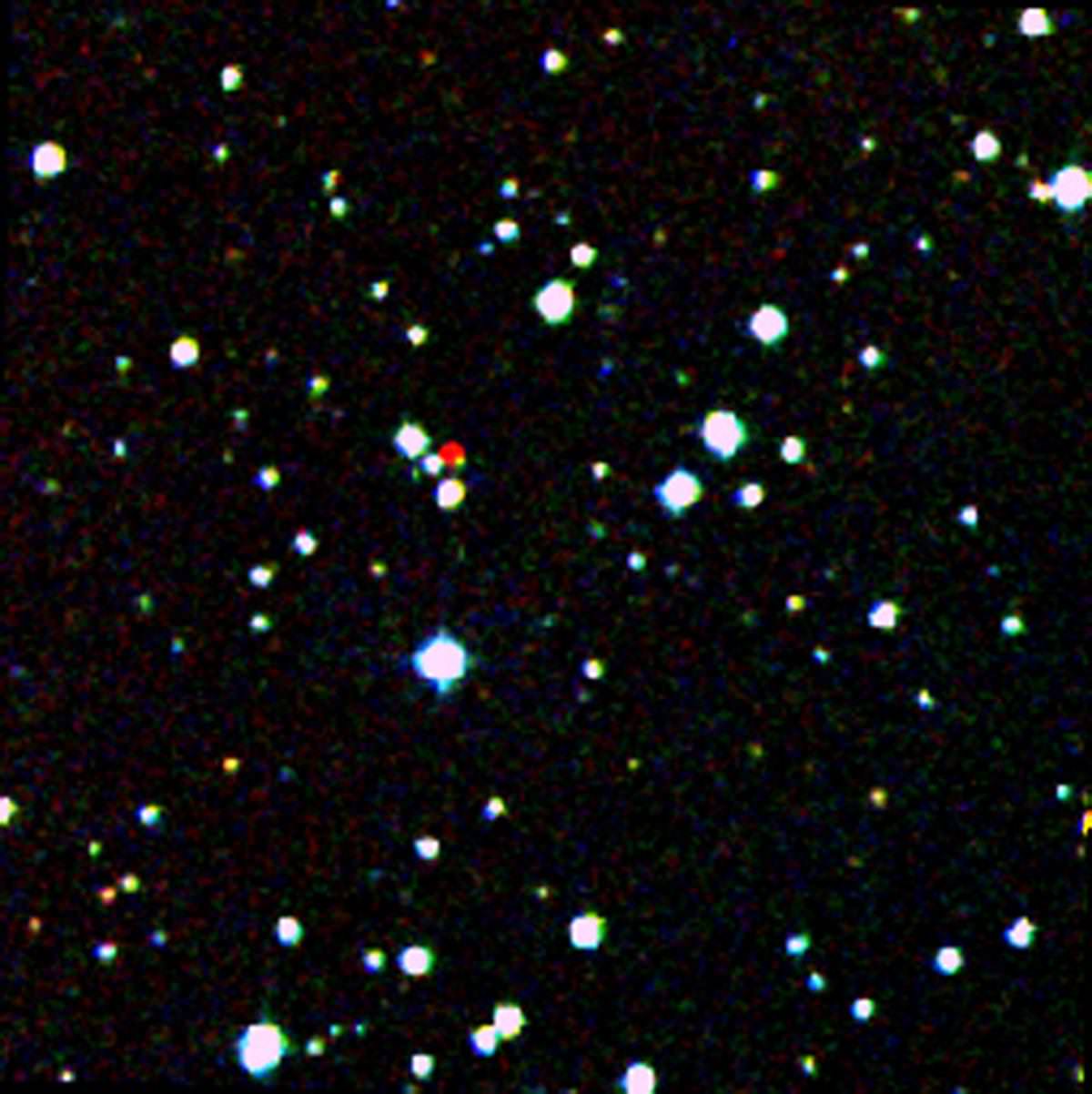It’s one of those rumors that just won’t quiet down — a large planet lurking at the solar system’s edge. Back in the 1840s, when Neptune was discovered, its orbit seemed to be a little “off” from what was expected.
Some astronomers of the time said that was caused by a planet further out. Although the Neptune perturbations are now ascribed to observational errors, the tale of Planet X continues, and has sometimes even been linked with doomsday. (See this past Universe Today story for the full tale.)
NASA’s latest survey puts even less credence in that theory. A scan of the sky showed nothing Saturn’s size or bigger at a distance of 10,000 Earth-sun distances, or astronomical units. Nothing bigger than Jupiter exists as far as 26,000 AU. (To put that in perspective, Pluto is 40 AU from the sun.)
“The outer solar system probably does not contain a large gas giant planet, or a small, companion star,” stated Kevin Luhman of the Center for Exoplanets and Habitable Worlds at Penn State University, author of a paper in the Astrophysical Journal describing the results.
Astronomers used information from NASA’s Wide-Field Infrared Survey Explorer, which did two full-sky scans in 2010 and 2011 to look at asteroids, stars and galaxies. NASA’s AllWISE program, released in November 2013, allows astronomers to find moving objects by comparing the two surveys.

A second study of the data found other objects further out in space — 3,525 stars and brown dwarfs (objects just below the threshold for fusion) within 500 light-years of the sun.
“We’re finding objects that were totally overlooked before,” stated Davy Kirkpatrick of NASA’s Infrared and Processing Analysis Center at the California Institute of Technology, who led the second paper.
Both papers will be published in the Astrophysical Journal.
Source: NASA


“3,525 stars and brown dwarfs (objects just below the threshold for fusion) within 500 light-years of the sun.” How many rogue gas giants? I see that WISEA J204027.30+695924.1 has been classified as an ultracool low-metallicity L-subdwarf and due to it’s high velocity is probably an older halo star? Older stars have time during their billions of years lifespan to get gravitationally flung around, and pick up speed like this. COOL! And I do mean cool!
http://iactalks.iac.es/talks/view/98
I love how in the center of the lead image, among the nest of white and yellow stars, lurks a single orange/red object that looks to be peeking out from behind a group… lol!